Search Results
Search
Filter results
Advanced Filters
Your search returned 883 Solutions
-

Government-produced model toolkit for accessible websites and online content
The Online Accessibility Toolkit, published by the regional gonverment of Southern Australia, is a free and publicly available set of tools for making websites and online solutions more accessible and inclusive. The toolkit contains eight topics and was designed in consultation with people with disabilities.
Government of South Australia, South Australian Government Online Accessibility Policy and Toolkit, Australia -
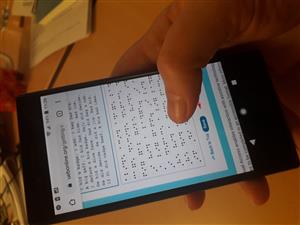
Free online training for sighted people to learn Unified English Braille Code
UEB Online allows anyone who is interested in using Braille for information and communication to learn Unified English Braille Code – online, free of charge and at individual pace. The learning platform is accessible for a wide range of needs and requires only an Internet connection and a computer.
Royal Institute for Deaf and Blind Children, UEB Online, Australia -
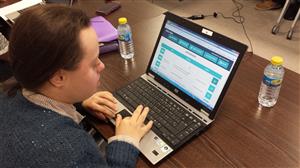
Making e-mail communication accessible for persons with intellectual disabilities
Kolumba is an open source software that makes a Gmail account more accessible to persons with intellectual disabilities. Kolumba has three features that can be switched on and off on when needed: A Text and content simplifier (Simplext), a translation tool fort ext and pictrogram (Text2Picto) and a Text-to-speech feature.
Prodis Foundation, Kolumba software, Spain -
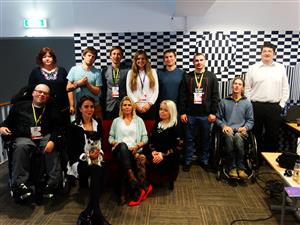
Service IT-platform available in several European countries
In 2015, Helpific started a web-based IT-platform that connects people who need assistance in independent living to local volunteers and paid support. The IT-platform enables people to post requests as well as offers of support in a variety of categories. In 2018, Helpific had more than 6,200 registered members.
Helpific Estonia, Estonia -
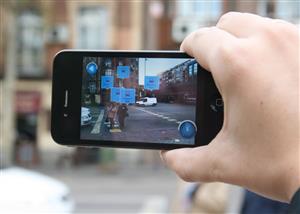
A project to enable the safe and independent use of public bus transportation for persons with visual or hearing impairments, designed also to assist persons with all physical, mental or sensory conditions. A new information technology has been developed and mobile applications introduced.
Visual and acoustic information is provided both inside and outside the vehicle. The information panels at the bus stop include audio information that can be activated through a simple button or by activating Bluetooth on the mobile phone. A telephone service provides information about the time of arrival at each stop.
EMT - Municipal Transport Company Madrid, Visual and acoustic information on public buses, Spain -

An indoor navigation system for the blind and visually impaired
In 2014, PoiLabs launched an indoor navigation system to make complex indoor spaces accessible for blind users. The system uses beacon devices and voice-guided navigation on a mobile phone. To provide it, PoiLabs partners with Turkcell, the largest telecommunication company in Turkey.
PoiLabs, Visually Impaired Navigation System for Indoor Venues, Turkey -
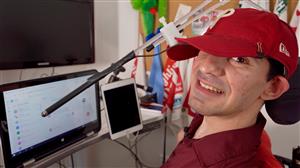
App-based machine learning enabling persons with speech disabilities to be understood
Voiceitt is an app that uses AI to recognize the speech patterns of its users and enables people with speech disabilities to communicate in their own voice and directly with others. The app, developed by a start-up company from Israel, uses Artificial Intelligence components to continuously improve its automated speech recognition capabilities.
Voiceitt, Voiceitt, Israel -
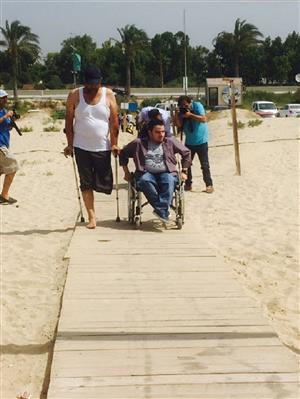
Two-year inclusive tourism project for tourist sites
The Inclusive Tourism Project improves accessibility and inclusion standards at four popular tourist sites. The project consists of architectural modules, workshops for staff and technical consultations to integrate accessibility on the sites. Actions include building ramps, improving access, and creating brail and audio support.
LPHU - Lebanese Physical Handicapped Union, Lebanon -
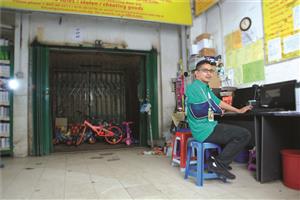
Returning Malaysians with acquired disabilities to work
By providing job placement and employment support for workers who have acquired disabilities and, at the same, by challenging the conception of "not able to work the Job Placement & Employment Support Services initiative is promoting the return to work. By 2016, 3,072 people had been placed in new jobs.
Social Security Organisation Malaysia, Job Placement & Employment Support Services of 2008 (Return to Work Programme) Social Security Organisation (SOCSO), Malaysia, Malaysia -
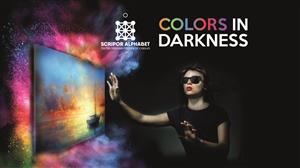
Promoting the use of the Scripor alphabet, tactile representations of colour
The Scripor alphabet, invented in 2018 by the Asociatia Alfabetul Scripor from Romania, is the first universal colour standardization in Braille. Ten colours can be distinguished in light and dark with only two combinations of dots. International promotion of the alphabet is done through manuals and workshops.
Scripor Alphabet Association, Scripor Alphabet, Romania
- Page 1
- Page 2
- Page 3
- Page 4
- Page 5
- Page 6
- Page 7
- Page 8
- Page 9
- Page 10
- Page 11
- Page 12
- Page 13
- Page 14
- Page 15
- Page 16
- Page 17
- Page 18
- Page 19
- Page 20
- Page 21
- Page 22
- Page 23
- Page 24
- Page 25
- Page 26
- Page 27
- Page 28
- Page 29
- Page 30
- Page 31
- Page 32
- Page 33
- Page 34
- Page 35
- Page 36
- Page 37
- Page 38
- Page 39
- Page 40
- Page 41
- Page 42
- Page 43
- Page 44
- Page 45
- Page 46
- Page 47
- Page 48
- Page 49
- Page 50
- Page 51
- Page 52
- Page 53
- Page 54
- Page 55
- Page 56
- Page 57
- Page 58
- Page 59
- Page 60
- Page 61
- Page 62
- Page 63
- Page 64
- Page 65
- Page 66
- Page 67
- Page 68
- Page 69
- Page 70
- Page 71
- Page 72
- Page 73
- Page 74
- Page 75
- Page 76
- Page 77
- Page 78
- Page 79
- Page 80
- Page 81
- Page 82
- Page 83
- Page 84
- Page 85
- Page 86
- Page 87
- Page 88
- Page 89